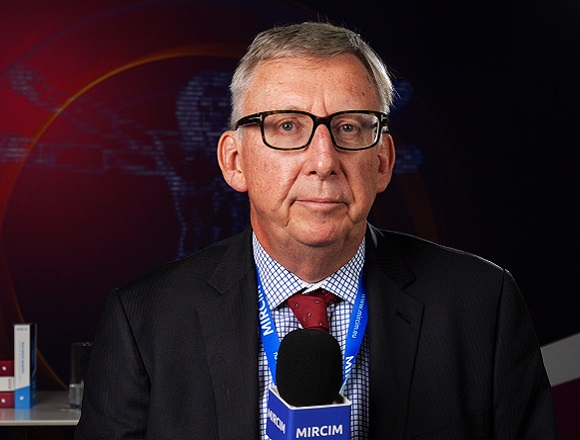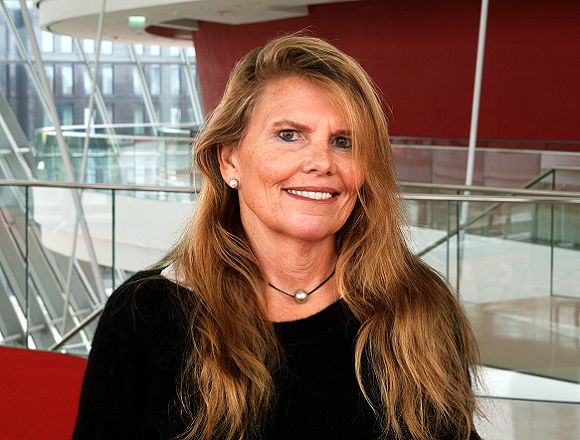Julian Dobranowski, MD, is a professor and chair of the Department of Radiology at McMaster University and chief of diagnostic imaging at Niagara Health.
Should we have a lung cancer screening program?
Definitely, we should have lung cancer screening programs, but we have to be careful too, because right now various physicians have various interpretations of the word “screening.” Unfortunately, not everybody understands screening the way it should be. For many people, screening is looking for disease, whereas a screening program is totally different: you may be eligible for lung cancer screening but not get a computed tomography (CT) scan because you don’t have the high risk for cancer associated with the predisposing characteristics that you have.
Within a program, you have navigators, you have a proper assessment of the patients, you also have smoking cessation. And all of these contribute to the wellbeing of the patients and lead to the results that people expect, which are detection of early cancers and prolongation of life.
In our jurisdiction, only 30% of the people who are referred for lung cancer screening actually do get CT of the lung. So I would evaluate the patient—and there are risk assessment tools available—we use the Martin Tammemägi Brock University tool, which is available for free online. You can evaluate the patient and if the patient has >2% risk of lung cancer in the next 6 years, then they would qualify. If they do qualify, then even at an earlier age, you would start a yearly screening.
 English
English
 Español
Español
 українська
українська








